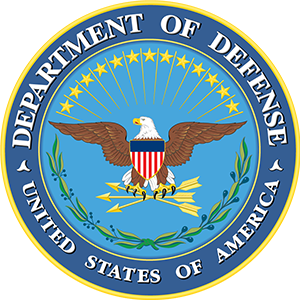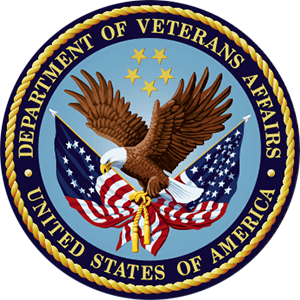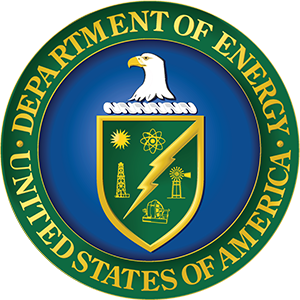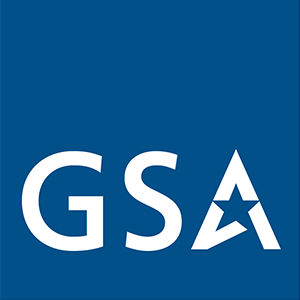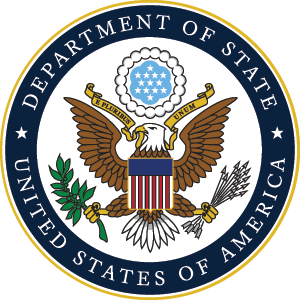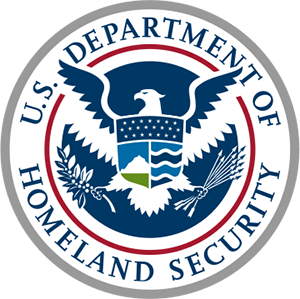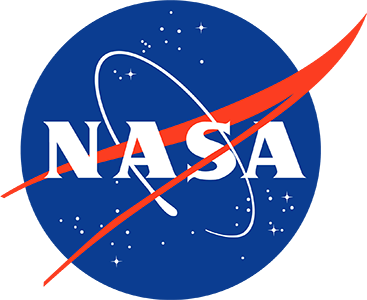In this module, we explore how lighting controls are required by standards and building and electrical codes. You will learn:
- Why codes require controls
- The difference between standards and codes
- What codes are enforced in different states
- What codes are developed from the International Energy Conservation Code and ASHRAE standards
- Cases where there may be possible exceptions to codes
Instructors
Eric McDonald, CEM, LEED AP, Chief Technologist, NextEnergy Read Bio
Eric McDonald, CEM, LEED AP is Chief Technologist at NextEnergy. He has more than 25 years of experience in the industry, and he has been responsible for installing advanced lighting and advanced lighting controls systems in commercial and industrial settings. At NextEnergy he develops demonstration projects and pilot programs for energy efficiency, distributed energy resources, smart grid and smart mobility. Eric worked on the DoE Lighting Technology Energy Solutions (LiTES) program. On LiTES, he trained electricians, contractors and designers on advanced lighting controls; coordinated installation of ALC along with utilities and electrician trade allies; and developed and carried out the measurement and verification (M&V) program for energy usage from lighting controls.
Learning Objectives
Upon completion of this course, attendees will be able to:
- Understand that lighting controls are required by energy codes and standards;
- Explore how ASHRAE/ Illuminating Engineering Society (IES ) sets energy, lighting and electrical standards;
- Describe the relationship between International Energy Conservation Code (IECC) and Unified Facilities Criteria (UFC) codes and ASHRAE/IES 90.1 energy standards;
- Identify the variation in how codes are adopted in each state and how that differs from how the UFC applies the same code content at all DoD facilities worldwide.

